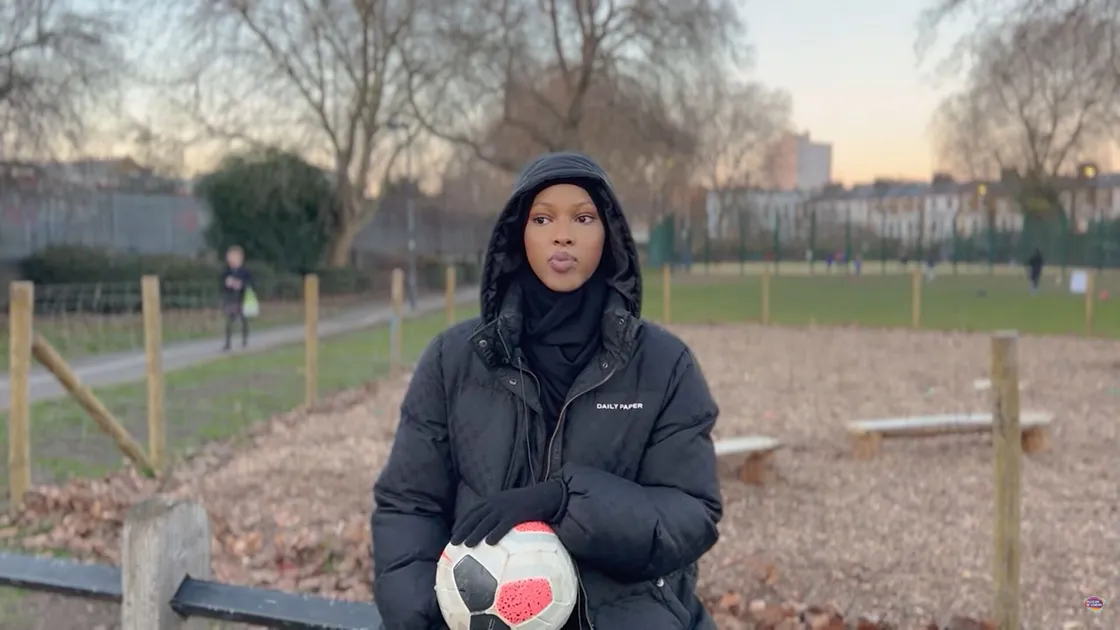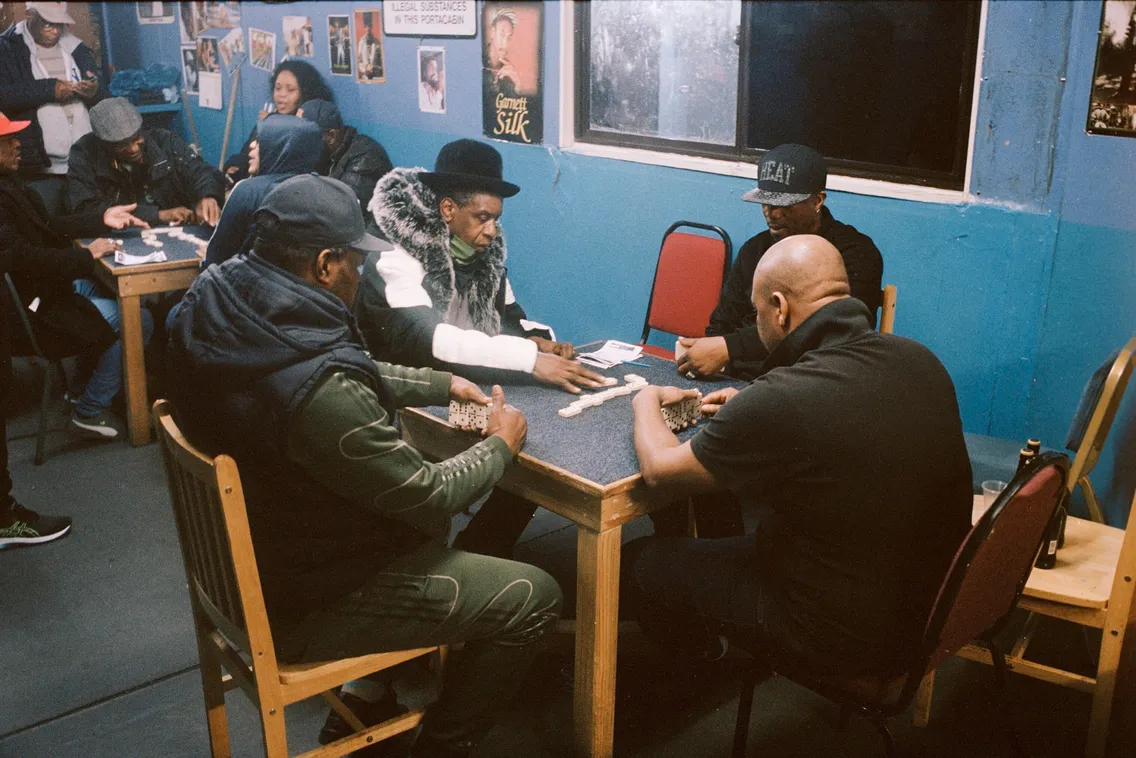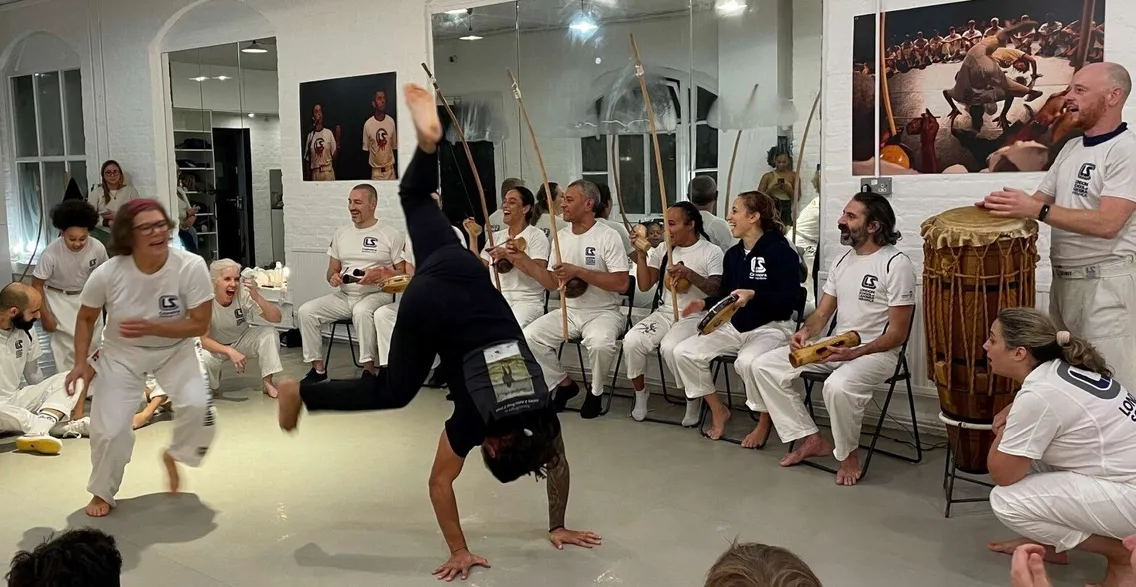12 June 2023 — By Foteini Aravani
London’s sport histories: Migration, diversity & inclusion
London is a city strongly shaped by migration. We share five stories of people where this has influenced the sports practised, and the resonance it holds for participants and supporters.
London boasts of a rich and long sporting tradition. It is the first city to have hosted three Olympic Games, it’s home to the Wimbledon Championships, tens of thousands run in the London Marathon, the holy ground of cricket – Lord’s – is here!
Not only that, many popular sports trace their origins to London. For instance, football – in its current form – started when the Football Association was founded in London in 1862. (Though there are records of people playing a game like football in the 12th century in the fields surrounding the City of London!) Lawn Tennis originates from ‘Real Tennis’, which is still played at Lord's and Hampton Court Palace, and its home at Wimbledon.
Alongside these key points in history, Londoners have always engaged with sports in their everyday life, evidence of which can be seen in every neighbourhood, street, park and playground, to the boxing clubs and community centres. While it won’t be wrong to say that ‘sports’ is an integral part of a Londoner’s DNA, the museum’s collection needed to reflect that as well.
Which is why in 2022–2023, we undertook a year-long programme focusing on London’s sporting tradition; aimed at celebrating how Londoners engage with and participate in sports.
More than just a game

This shirt with the Black Lives Matter logo was worn by then Arsenal FC captain Pierre-Emerick Aubameyang in June 2020, following the anti-racism protests after the death of George Floyd.
A look at sport history can also unfold layers of social change. And, yet, ‘sport’ is often missing from historical narratives and social history collections. As scholar Gary James writes in Sport History Relevance and How We Need to Engage, there is often a perception that sports history is of less value than other areas of (cultural) history. However, sport objects can be crucial markers of global events and social narratives. In June 2020, the museum acquired the Black Lives Matter Arsenal shirt worn by the then team captain Pierre-Emerick Aubameyang at the first match after George Floyd’s death in May 2020. The Black Lives Matter logo was added to all league shirts that summer, following worldwide anti-racism protests.
Similarly, we wanted to collect unknown and hidden stories that either emerged from both popular and lesser-known sports. This was the driving force behind this programme. As London is a city strongly shaped by migration, it was important to document how this influences the sports practised, and the resonance they hold for participants and supporters. Here we have five such narratives and their related objects that now form a part of the museum’s collection.
Football and community: Barakah LDN

A still from the film featuring Sagal Abdullahi, co-founder of Barakah LDN.
While documenting sports in London, football was an obvious focus, with the city being home to several of England’s leading football clubs (FCs), dating back to 1879 when Fulham FC was founded. However, we wanted to approach football from the grassroots level and capture what it means to all Londoners!
Barakah LDN, a group created by three young Muslim Londoners for Muslim and minoritised women in football in Fulham, emerged as a strong story to share. Sagal Abdullahi co-founded Barakah (meaning blessing) LDN with her sister Siham and friend Sarah Abdulle in response to struggling to find spaces to play football without feeling judged or different because of their faith. We wanted to highlight this story from Fulham – home to London’s oldest FC – about young people taking ownership, and tackling the issue of low participation of Muslim women and girls in football, by creating a space that encourages community and connection.
Abdullahi made a video testimony of what Barakah LDN means to them and their community. This film – which documents her actively changing the lives of women and girls through sports – is now part of the museum’s collection.
Fight and rhythm: Capoeira
In 1986, Silvia Bazzarelli, moved to London from Santos, Brazil, with a small berimbau in her luggage. A berimbau is a musical instrument and the heart of the art of playing Capoeira – a style of fighting disguised as dance. It is the ‘voice’ of the capoerista and, thus, an important addition to the museum’s collection.
Capoeira is an 18th-century Afro-Brazilian sport; a form of self-defence developed by African communities in Brazil. It incorporates different elements of African culture, including dance, music, acrobatics and fighting, based on the principles of surprise and improvisation. Bazzarelli brought Capoeira to London when she opened UK’s first Capoeira school – London School of Capoeira Herança – in 1987.
The berimbau consists of a metal string, a flexible wooden stick that’s around 1.4cm long, a ‘cabaça’ (the sound box, calabash or bottle gourd), a ‘vareta’ (a small wooden stick), a ‘caxixi’ (a small basket made of straw and one piece of a gourd with seeds inside) and a ‘pedra’ (a stone). Interestingly, the berimbau player can choose to use a colonial coin/dobrão, instead of a pedra to alter the sound.
Let’s make some noise: Dominoes

The Brent Legion Dominoes Club is an informal dominoes club that runs weekly and has over 30 regular players.
Dominoes is deeply rooted in the Caribbean culture and has been recognised by several countries as an official sport. In fact, backed by this popularity, in 2010, Jamaica expressed hopes of it becoming an Olympic sport – a move that would have had huge support from Ernest Theophile and his friends, who’ve been enthusiastically playing the game for over a decade at the Maida Hill market square in north-west London.
In May 2022, Theophile took the Westminster City Council to court after the latter granted an injunction banning social gatherings in the square, citing noise and antisocial behaviour problems. He won the court case that banned him and his friends playing the game “loudly” – proving at the trial that the order was racially motivated. The group has been gathering in the square for 12 years, to chat, socialise, and play dominoes, cards and backgammon.

Ernest Theophile’s box of dominoes.
We collected an oral history from Theophile, aka Popcorn, as well as a dominoes set and a recorded soundscape of a group of dominoes players at Maida Hill Market square playing dominoes ‘loudly’! “If you are West Indian, you just can’t play dominoes without making a bit of noise,” says Theophile.
Photographer-artist Kes Eccleston captured the Brent Legion Dominoes Club, an informal club located in a port-a-cabin within the Bridge Park Community Leisure Centre in Stonebridge, through a series of 13 photographs, now also part of the museum’s collection. “The blue walls of the club’s port-a-cabins are covered in symbols of ‘back home’: from Burning Spear posters to regional maps of Africa and the Caribbean. Here in Stonebridge, the walls of the club serve as a reminder of their roots and culture,” ruminates Eccleston. The weekly club is home to over 30 regular dominoes players, showing the enduring popularity of the game.
Charting ancient traditions: Qigong
The Shaolin Temple UK is a Shaolin centre and martial arts school in Archway. It is the UK’s official emissary of Shaolin Temple Henan Province China – founded by Grandmaster Shi Fu Yanzi in 1998 to teach the ancient Shaolin culture of gong fu – Ch’an (kung fu), qigong and Ch’an Buddhist meditation. Shi Fu Yanzi was a monk at the Shaolin Temple, Hunan province, China – the birthplace of Chan Buddhism. Sent to create a new temple and cultural centre in London, Shi Fu Yanzi built the temple in Archway from scratch, and it was consecrated in 2014.
While the Shaolin centre can be seen as testament to the influence of the Chinese community on London’s sporting landscape, its focus on holistic practice – encompassing meditation, movement and martial arts – now attracts a diverse membership.

Artist Ekta Kaul handmade a textile artwork as a contemporary take on the 143 BCE Daoyin tu chart. As grandmaster Shifu shi Yanzi says, “Awareness, or being present is the most important thing. The practice is a map to finding your true self.”
We commissioned artist Ekta Kaul to create a textile artwork by hand as a contemporary take on the 143 BCE Daoyin tu chart. Excavated in China in 1972-74, it’s said to be the earliest exercise chart in the world and is handmade, with images of figures exercising painted onto silk. The practice of daoyin was a precursor of qigong.
Kaul’s take on the ancient chart is handmade using applique and embroidery on linen. The London-based artist drew on her expertise in textile art to select materials and techniques for the piece. The artwork represents the qigong practice and experience of members from the Shaolin Temple UK.
These narratives are just the tip of the iceberg when it comes to seeing how migration has shaped not only London as a city, but its rich sporting heritage as well. There is much more to be covered.
Foteini Aravani is Digital Curator (New Museum) at London Museum.







